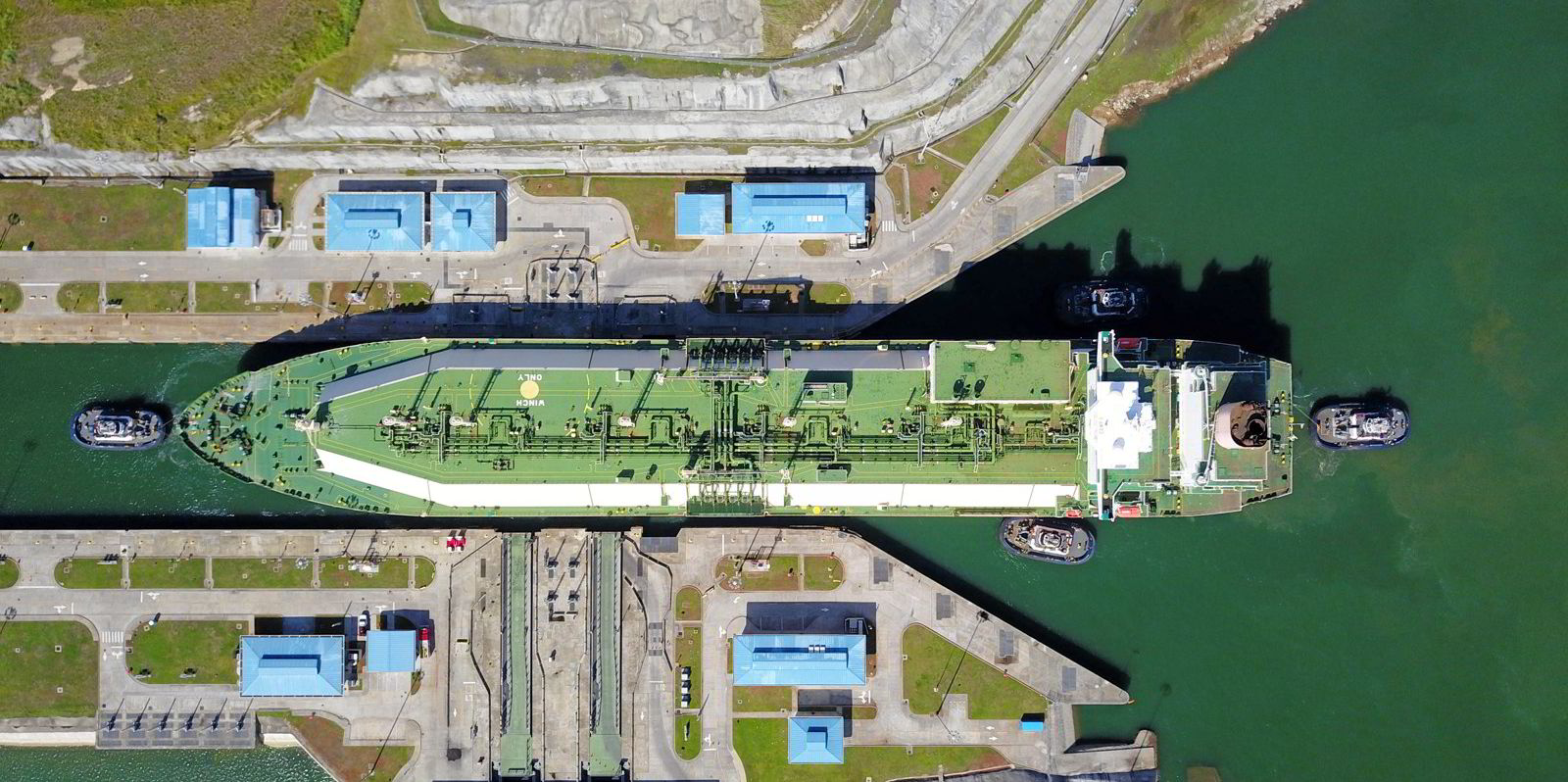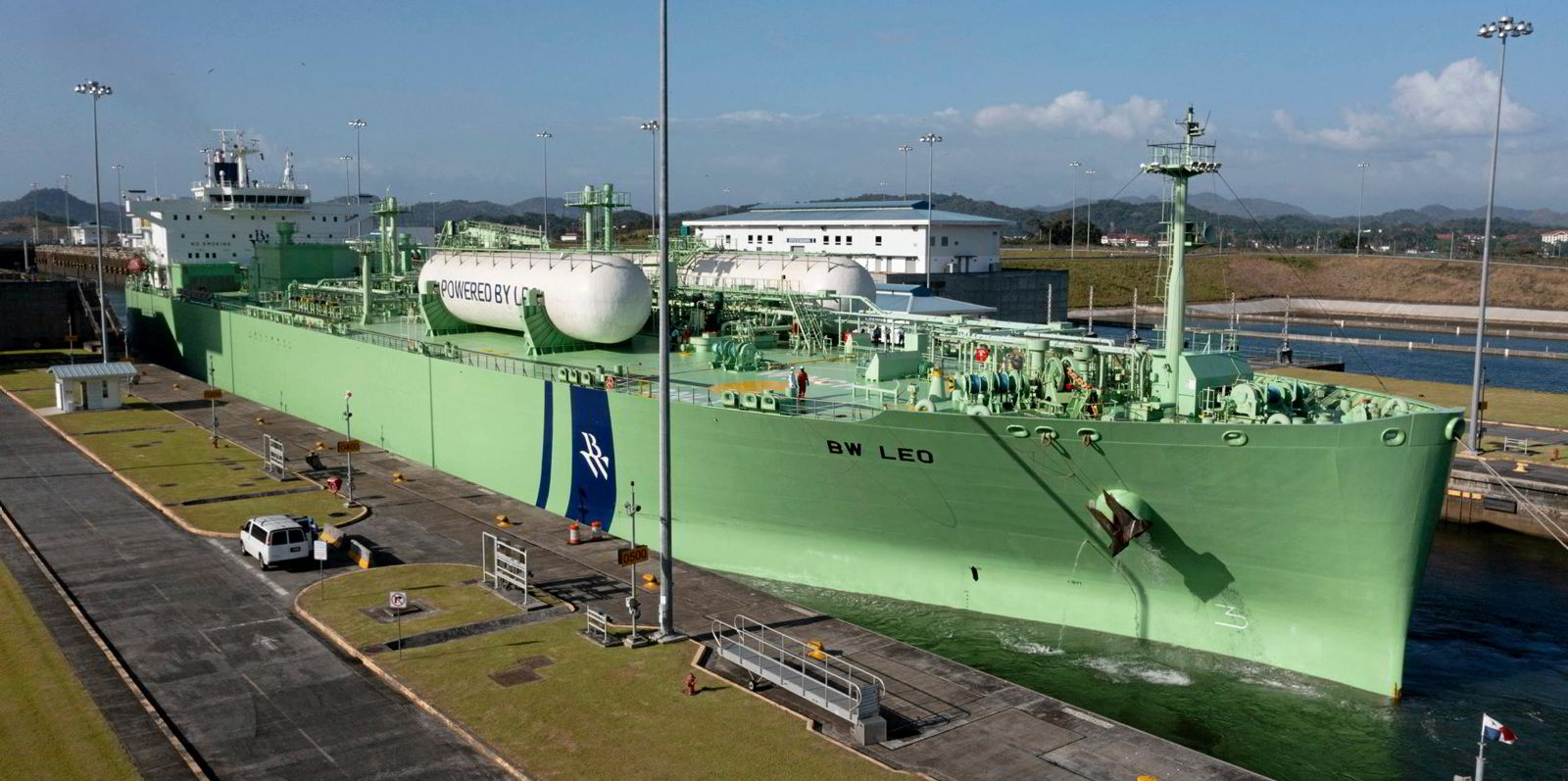Transit delays at the Panama Canal are proving to be a double-edged sword for the region’s MR tanker market, according to UK shipbroker Gibson.
Low water levels have led to both an increase in transit waiting days as well as the number of vessels waiting to cross the strategic waterway.
“The implications of these difficulties are clear; if vessels must sail an additional 10,000 nautical miles around Cape Horn and the Magellan Strait, this will increase both bunker consumption and sailing days with knock-on effects for vessel TCEs, supply chains and ultimately GHG emissions,” said Gibson.
The shipbroker says recent vessel tracking data shows that for the MR sector, where local market dynamics often require a canal transit, there has been volatility in the number of vessels waiting to cross.
“This may suggest, intra-regional flows could be reduced or face further logistical challenges going forward,” Gibson said.
However, the broker adds that canal issues were “one of the factors” supporting firmer freight rates in the US Gulf (USG) during August.
“As such, this size is likely to be the most impacted tanker sector going forward, if delays continue beyond September. This could see USG-West Coast South America and USG-US West Coast flows tighten to some extent,” Gibson said.
“The economics of diverting an MR around Cape Horn is unlikely to be attractive from a TCE perspective and so the only real solution is a return to normal transit times or vessels increasing their transit prebooking to optimise their sailing days.
“However, there are limitations to how many of each vessel type can cross the canal per day, which would require preference being given to these tankers which for the time being remains unlikely,” the broker added.
Looking ahead, Gibson said continued delays at the Panama Canal are likely to result in an increase in regional tonne miles, which will effectively impose lower vessel availability out of the USG.
“Ironically, such an increase in tonne miles may marginally improve some vessels’ CII scores, given the longer distances they will be sailing,” the broker said.
“Secondly, canal delays could lead to increased flows from the Far East, as higher freight rates and transit delays from the US Gulf shift pricing more frequently in favour of Asian barrels into the West Coast of South America.
“Thirdly, if such water shortages and delays start to develop a seasonal pattern due to climate change, then this is likely to add new complexity in the market, which will require some degree of forward planning towards future third and fourth quarters which could see higher volumes in the second quarter, depending on East Coast South America and US West Coast storage capacity and demand levels,” Gibson added.
Meanwhile, for tankers larger than MR size, the canal is less important and transit numbers remain low even in normal market conditions, meaning that there has been little material impact on these larger tanker sizes.
“We are unlikely to see much of an impact on crude flows given the relatively low volumes passing through to the pacific side of the canal and more of the USG crude loading onto VLCCs, which cannot use the canal,” Gibson said.





